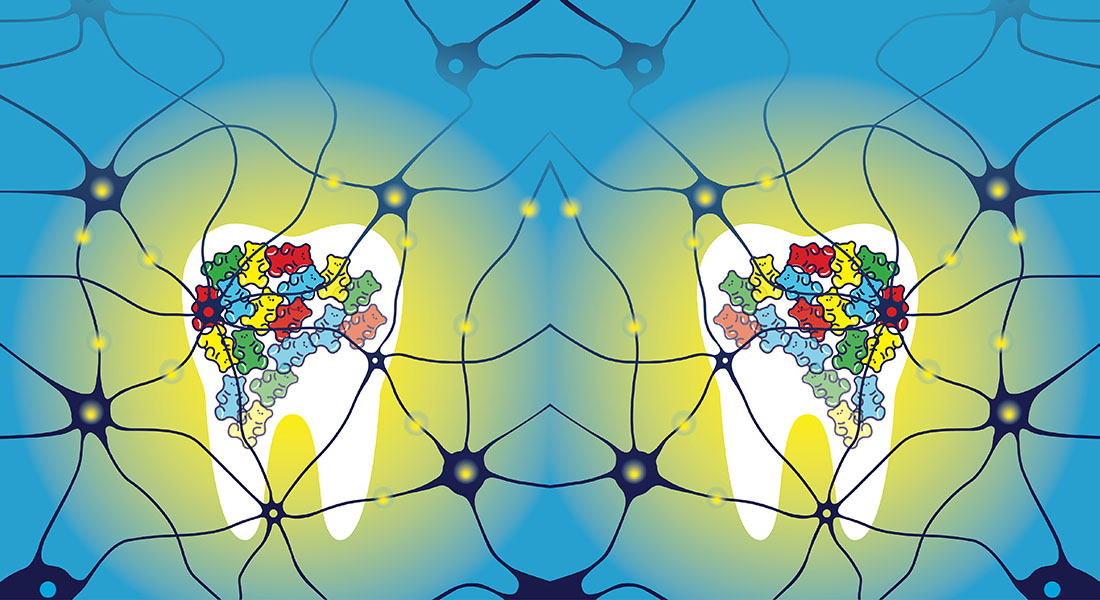Neurons that reduce sugar cravings are discovered in mice
A specific group of neurons are responsible for lowering our appetite for sweets after they sense a hormone that is released once we eat sugar. The discovery by scientists, including CBMRs Associate Professor Matthew Gillum, help to nuance our understanding of the neurobiology of appetite and may inform the development of therapies to help people control their appetite.

Our brain generates sensations of hunger to make sure that we go out and get enough food to eat. But it doesn’t simply make sure that we eat enough calories. In most healthy people, their brains ensure that they distribute these calories between sugars, fats and proteins in the right ratio that they get enough - but not too much - of each.
In other words, most people only need to follow their appetite in order to eat a balanced diet. But rising rates of obesity around the world suggest that some people can lose this ability, and instead develop a taste for more calorific food. To develop more effective treatments for obesity, scientists are trying to better understand how the brain senses the food we eat and generates preferences for different foods.
How the ‘sweet tooth’ neurons works
CBMR researchers have now made an important discovery in how mammals regulate their appetite for sugar. They have discovered a specific group of neurons in mice that respond to a hormone that is released by our liver after we eat sweet food. When the neurons sense this hormone, FGF21, the neurons send a signal that lowers our appetite for both sugar and sweetened food.
“It’s a negative feedback mechanism, so when your liver senses that you are eating too much sugar it sends a signal to your brain to stop you from eating more candy,” explains Associate Professor Matthew Gillum, who worked together with researchers at the University of Iowa Carver College of Medicine on the study that has been published in Cell Metabolism.
“The goal of the study was to identify and probe these ‘sweet tooth’ suppressing neurons at a very fine level of detail, to understand where they are located and how they signal to affect behavior. So from my point of view it’s an exciting discovery that helps us to better understand the neurobiology of sugar appetite regulation.”
Sugar but not sweeteners
The hormone FGF21 and its role in suppressing sugar appetite was discovered several years ago. This latest research is the first time that scientists have located where in the brain the hormone interacts with.
While FGF21 suppresses our appetite for sweet food, however, the researchers found that it is only released by the liver after we eat sugar, not artificial sweeteners. This demonstrates that the brain can tell the difference between sugar and artificial sweeteners.
Drugs that control appetite
Matthew Gillum hopes that discoveries like these, which deepen our understanding of the neurobiology of appetite regulation, could result in drugs that help people to control their appetite and in particular cravings for specific tasty foods like sugars.
“Instead of drugs that just make people eat less, we may be able to develop drugs that change what you want to eat – to eat vegetables instead of going for sugar-sweetened beverages.”
Read the full article: FGF21 Signals to Glutamatergic Neurons in the Ventromedial Hypothalamus to Suppress Carbohydrate Intake
Contact
Associate Professor Matthew Paul Gillum
gillum@sund.ku.dk
http://www.cbmr.ku.dk
Phone: +45 35 33 70 78
Mobile: +45 23 64 89 95
